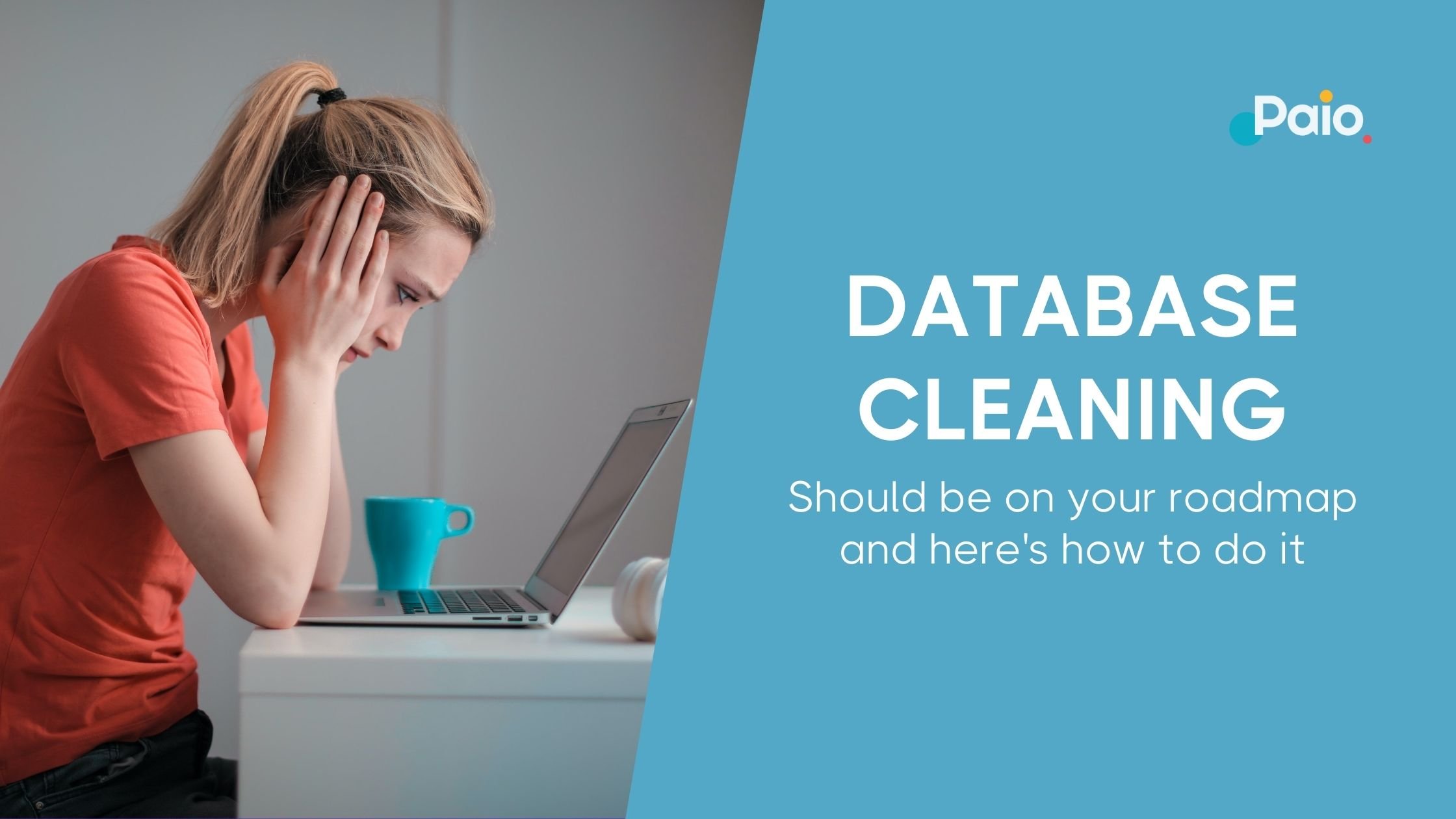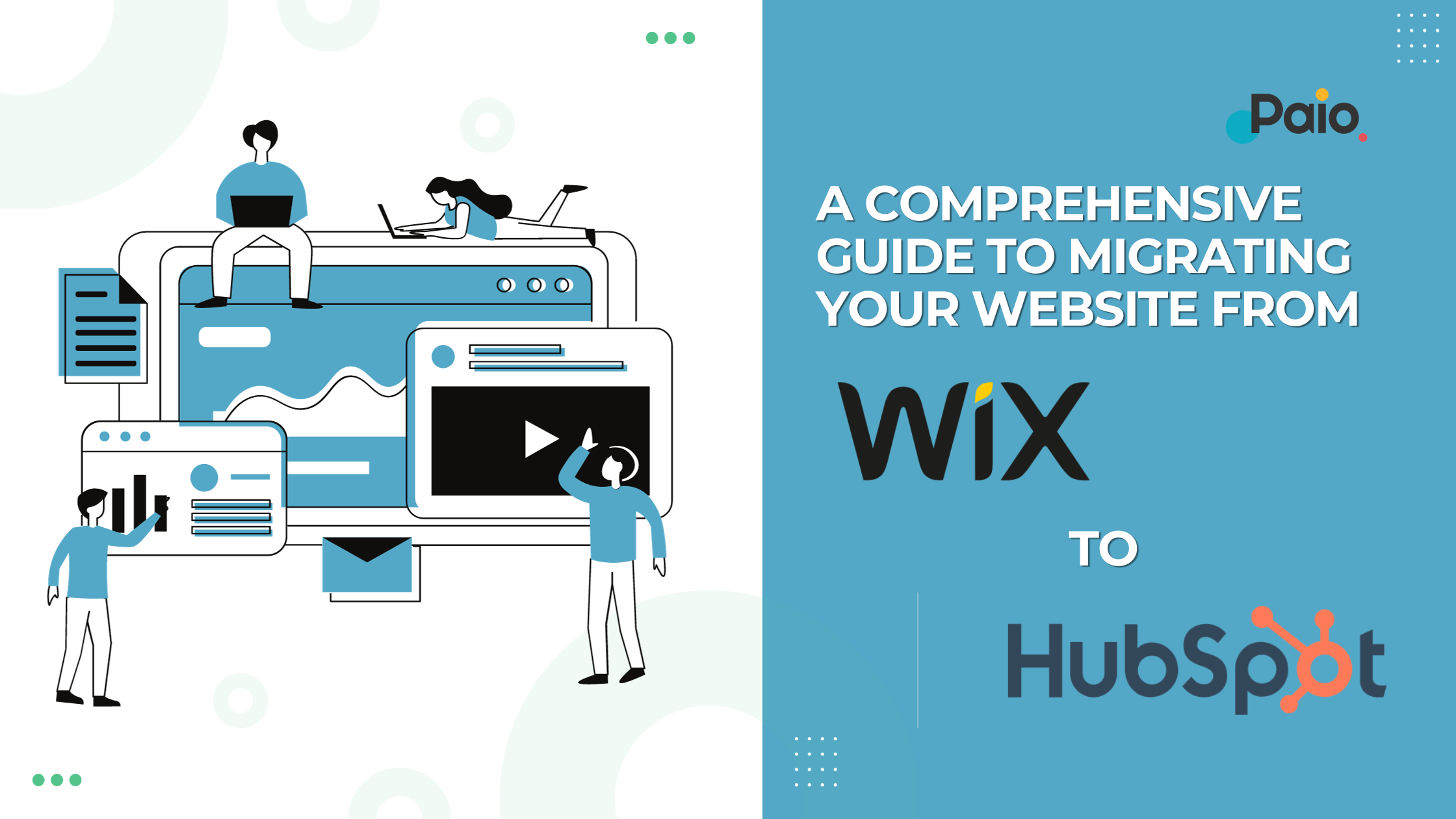HubSpot and Salesforce are among the most popular platforms used for sales and marketing activities, including email marketing, marketing automation, social media, etc. However, there are certain things that each of these platforms does better than the other. If you want to get the benefits of both without sacrificing user experience, the best option you have is to integrate them.
Yes, it is possible to integrate HubSpot and Salesforce to enable the seamless exchange of data between the two platforms. Without the integration, you will be required to move the data manually between the two platforms, which is tedious and time-consuming. But before doing the integration, there are specific steps you need to take to ensure the integration is successful.
In this guide, I will discuss the six essential steps to prepare for the integration of HubSpot and Salesforce. Let’s get started!
Know the difference between HubSpot and Salesforce contact model
The contact model used by HubSpot is very different from the one Salesforce uses. In HubSpot, prospects come into the system as contacts having a Lifecycle Stage indicating their sales journey, i.e., from Lead through Customer. However, with Salesforce, prospects get into the platform as leads that convert to contacts and create opportunities and accounts thereafter.
So, before triggering the integration process, you will have to create a Lifecycle Stage picklist within Salesforce on the Lead and Contact object to keep the progression of contacts in sync. This will make it easier to identify contacts’ stages in the customer journey after integration.
Have a clear description of the roles for each platform
Before integrating Salesforce and HubSpot, you will have to create a clear description of the roles each of the two platforms will play after the integration. Most people often prefer to move their marketing operations to HubSpot and sales and account management operations in Salesforce.
This is done this way because HubSpot is good with marketing operations, whereas Salesforce’s strength is with sales and account management. If possible, create a job description for each platform that can always be referred to in the future while building automation and data structure conversions.
Have a clear understanding of the government and industry requirements
Privacy of your user’s data is another issue you need to have a clear picture about before proceeding with integration. You need to know how and where each platform stores your data. The entire HubSpot infrastructure is hosted on Amazon Web Services (AWS). On the other hand, Salesforce uses its data centers to host its infrastructure and only uses AWS in regions where it doesn’t have data centers. Some of these regions include; Canada, India, and Australia.
In terms of security, both platforms are very secure. However, HubSpot doesn’t support the storage of Health Insurance Portability, and Accountability Act (HIPAA) protected data or the Federal Information Security Management Act (FISMA). For most businesses, this is not a big deal. However, companies in protected industries need to use a selective sync strategy to avoid personally identifiable information (PII) from getting to HubSpot servers. To do this, you may have to use a marketing automation partner familiar with the integration to help you out.
Analyze the automation workflows, validation rules, and require fields
You need to check the automation currently implemented in Salesforce and make sure they do not interfere with data going in and out of HubSpot. When it comes to validation rules, you need to be very keen on validation rules for Contacts and Leads since both of these objects will be created in HubSpot and then sent over to Salesforce.
The required fields for each of the two platforms have some slight disparity. This will require creating a list of required fields and make sure each contact created in HubSpot with the intention of syncing with Salesforce has all the necessary fields required to ensure a seamless sync.
Have a clear plan for activity sharing
HubSpot-Salesforce integration allows syncing HubSpot marketing and sales activities with Salesforce tasks to give you a 3600 view of all your leads and contacts plus your team's productivity. Triggering the activity-sharing process in HubSpot is straightforward. All you need to do is select a Salesforce task type and check the box to allow syncing each activity type.
However, while syncing activities, it is important only to select the ones that are valuable to your sales and account management teams. This is because all synced activities appear as tasks in the Contact/Lead Salesforce activity feed. Too many activities can clutter the feed, which may make it hard for your sales and account management teams to find the tasks assigned to themselves.
Define HubSpot Contact Creation in Salesforce
In HubSpot, all the information about prospects and customers live in the contact object. On the other hand, Salesforce uses both lead and contact objects to store all information about the customers and prospects. With this kind of design disparity, HubSpot is only limited to creating either contacts or leads in Salesforce. However, it cannot create both.
As you implement the integration, you will have to tell HubSpot (in Salesforce integration settings within HubSpot) whether to create a lead or contact in Salesforce whenever new contacts are created. Most organizations should be fine choosing the ‘Create a lead in Salesforce’ option.
Implement the HubSpot Salesforce integration
After going through all the six preparation steps we have just discussed, it is now time to start the actual integration process. You will install the HubSpot-Salesforce integration from your HubSpot account. If this is new to you, we encourage you to use a marketing automation expert or agency familiar with this kind of integration to assist you.


.jpg?width=70&name=11822273_869376790464_4398309784822550341_n%20(1).jpg)


